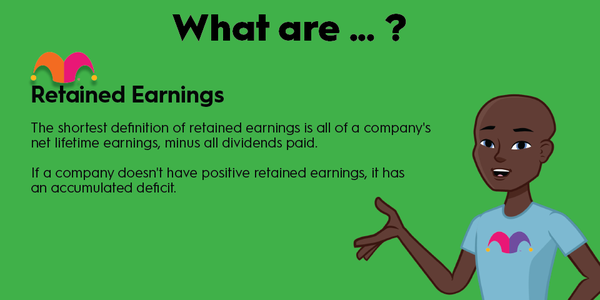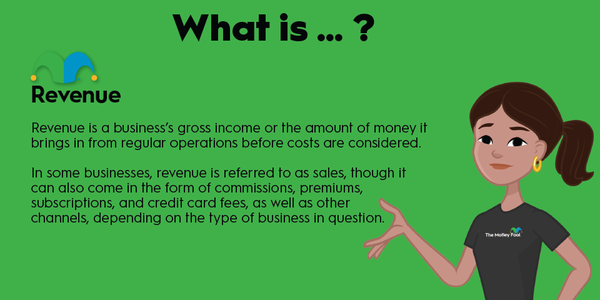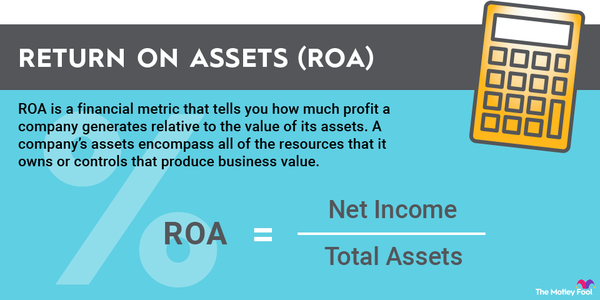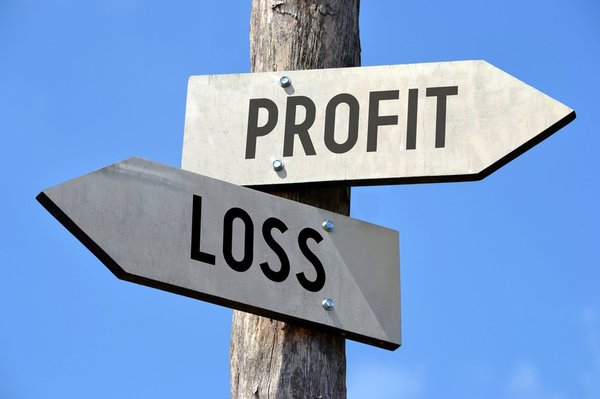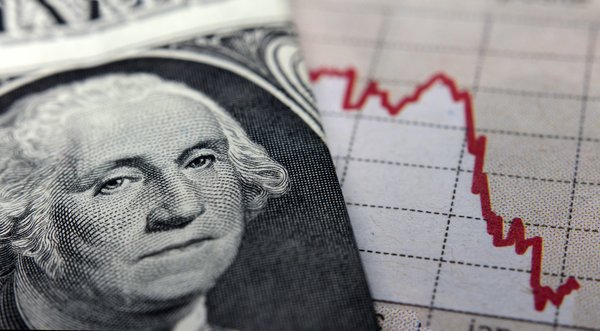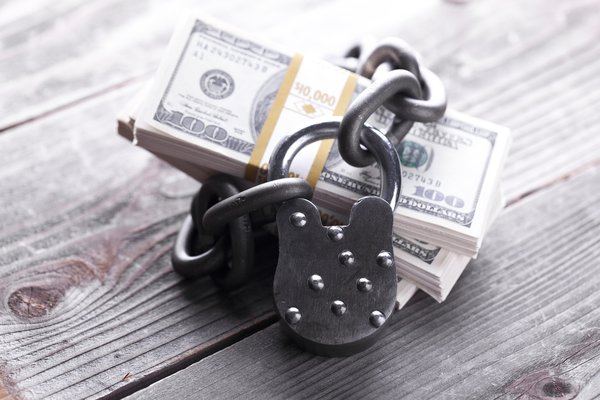What is racketeering?
What is racketeering?
Racketeering is a broad term for illegal acts committed through a criminal enterprise for the purpose of profit. Although racketeering is often associated with organized crime groups such as the Mafia, a legitimate business can engage in racketeering through criminal acts, such as fraud or bribery.
The definition of racketeering is intentionally broad. That’s because the government uses racketeering charges to target those involved with schemes and organized crime. To convict someone of racketeering, prosecutors must prove that a defendant committed at least two crimes that count as racketeering offenses within a 10-year period.
How does it work?
How does racketeering work?
The term racketeering refers to a wide range of crimes committed in conjunction with an enterprise engaged in a pattern of illegal activities. Federal law includes 35 crimes that can be prosecuted as racketeering offenses, including murder, kidnapping, bribery, extortion, arson, robbery, embezzlement, fraud, counterfeiting, and money laundering. Racketeering charges are additional charges prosecutors can pursue for defendants accused of being involved in a criminal enterprise.
Prosecutors must prove five criteria to convict someone of federal racketeering charges. Many states have laws that allow for racketeering charges when similar criteria apply:
- An enterprise existed.
- The enterprise affected interstate commerce.
- The defendant was employed by, or associated with, the enterprise.
- The defendant engaged in a pattern of racketeering activity.
- The defendant committed at least two acts of racketeering.
Suppose someone commits murder, robbery, and embezzlement. Of course that individual could be prosecuted for each of those crimes. But for racketeering charges to apply, those crimes would have to be part of a pattern and connected to an enterprise.
Federal law allows for penalties of as much as 20 years in prison and $250,000 in fines for people convicted of racketeering-related charges. People harmed by racketeering activities can pursue triple damages in civil court under federal law.
History of RICO and racketeering charges
History of RICO and racketeering charges
In 1970, Congress passed the Racketeer Influenced and Corrupt Organizations Act (RICO) with the goal of eradicating organized crime. Although the law was aimed at weakening the Mafia, it isn’t just applied to organized crime. For instance, prosecutors frequently use RICO to bring additional charges in political corruption cases and white-collar schemes.
Along with creating additional penalties for those involved in illegal enterprise, RICO allows the courts to freeze a person’s accounts and other assets if they’re suspected of racketeering. This makes it harder for suspects to hide assets or use a legitimate business as a cover to hide money earned through criminal activity. The law also contains forfeiture provisions affecting racketeering-related assets, even when they’re tied to legitimate business.
RICO has been credited with hampering the Mafia since the law was passed. Its tougher criminal and financial penalties gave defendants additional incentive to cooperate with prosecutors. Often people involved with a criminal enterprise will agree to testify against others involved in exchange for less prison time or an offer that allows them to keep some assets.
Still, the law has faced several criticisms. Some observers say RICO has been applied to white-collar crimes that weren’t necessarily associated with a criminal enterprise, and that the forfeiture provision is subject to abuse. Critics also contend that the law is overly broad and arbitrarily applied by prosecutors.
Related Investing Topics
Example of racketeering
Example of racketeering
Perhaps the most famous example of a RICO Act conviction occurred in 1992 when Gambino crime family boss John Gotti was convicted of racketeering, conspiracy to commit racketeering, and 10 more criminal charges, including murder. Gotti had previously earned the nickname “Teflon Don” after multiple trials where he avoided conviction.
The New York Times reported at the time that prosecutors spent five weeks making the case that Gotti operated “the Gambino organized-crime family of La Cosa Nostra.” The government used secretly taped conversations and testimony from Gotti’s second-in-command, Salvatore “Sammy the Bull” Gravano, to argue that Gotti engaged in a pattern of racketeering that included five murders, conspiracy to commit murder, extortion, illegal gambling, obstruction of justice and tax fraud.
Gotti’s co-defendant, underboss Frank Locascio, was also convicted on a racketeering charge that included six criminal charges of murder conspiracy, gambling, obstruction of justice and tax fraud.
Gotti and Locascio were each sentenced to life in prison with no possibility of parole for the murder and racketeering charges, plus concurrent 10-year sentences on the other counts. Both men were also fined $250,000.


